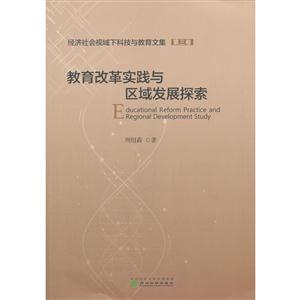
作者:Li Wenjuan著
页数:10,132页
出版社:中国农业科学技术出版社
出版日期:2019
ISBN:9787511639967
电子书格式:pdf/epub/txt
内容简介
本书以瑞典20世纪90年代以来的区域经济增长为对象, 采用创新的定量分析方法建立空间模型, 从内涵增长角度分析区域经济发展的机制和驱动力。通过运用地理信息系统中空间分析的方法, 把这些微观个人历史数据通过地理坐标与自然资源及土地利用数据联系起来, 进而以地域单元、局域和腹地为基础进行多层次汇总。
目录
GeneraI Theory
Prologue
l Introduction
2 Geographic and Economic Approaches in Regional Growth
3 Aim and Structure of the Thesis
4 Data Sources
5 Methodology
6 Summary of the Three Papers
7 Econoic Growth beyong the Swedish Context——a Brief Comparison
8 Epilogue
Regional and Structural Factors in Swedish Regional Growth during the 1990s
1 Introduction
2 Sweden and Swedish Regional Growth during the 1990s
3 Method.Data and Definition
4 Decomposing the Model of Regional Growth into Regional and Structural Factors
5 Resuhs and Analysis
6 Conclusions
Attractive vicinities
1 Introduction
2 Spatial Organisation and Place Atractiveness——a Conceptual Model
3 Empirical Analysis
4 Method
5 Results
6 Discussion
7 Conclusion
Localised Conditions for Economic GrOwth——Testing the Endogenous Growth Hypothesis
1 Introduction
2 Localised Conditions for Economic Growth-a Conceptual Model
3 Data and Variables
4 Method
5 Results
6 Discussion
7 Conclusion
References
Prologue
l Introduction
2 Geographic and Economic Approaches in Regional Growth
3 Aim and Structure of the Thesis
4 Data Sources
5 Methodology
6 Summary of the Three Papers
7 Econoic Growth beyong the Swedish Context——a Brief Comparison
8 Epilogue
Regional and Structural Factors in Swedish Regional Growth during the 1990s
1 Introduction
2 Sweden and Swedish Regional Growth during the 1990s
3 Method.Data and Definition
4 Decomposing the Model of Regional Growth into Regional and Structural Factors
5 Resuhs and Analysis
6 Conclusions
Attractive vicinities
1 Introduction
2 Spatial Organisation and Place Atractiveness——a Conceptual Model
3 Empirical Analysis
4 Method
5 Results
6 Discussion
7 Conclusion
Localised Conditions for Economic GrOwth——Testing the Endogenous Growth Hypothesis
1 Introduction
2 Localised Conditions for Economic Growth-a Conceptual Model
3 Data and Variables
4 Method
5 Results
6 Discussion
7 Conclusion
References















